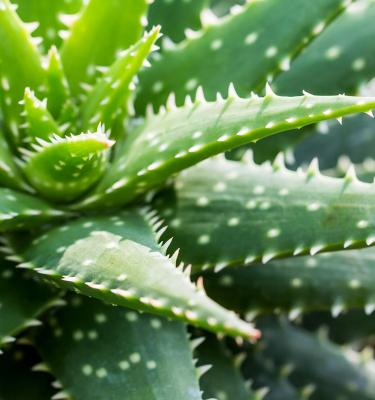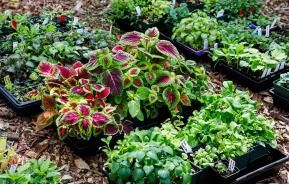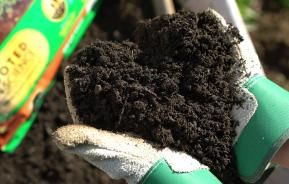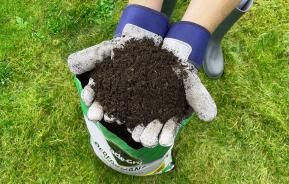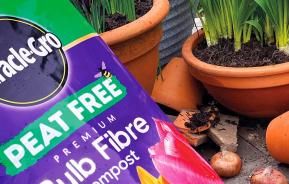Aloe Vera is a hugely popular plant for a multitude of reasons; from health to skincare to hair growth and even surface burn relief. Aloe Vera is proven to contain vitamins and enzymes that detoxify and support the immune system, lower cholesterol and blood sugar, help with digestion, provide a boost of vitamins, and also help with acne and dehydrated skin.
No wonder it’s the latest health and beauty craze… Use the product in smoothies or apply directly to the skin or hair to add a boost – and of course, you can simply enjoy your Aloe Vera plant for interior purposes, for which there are also many more benefits…
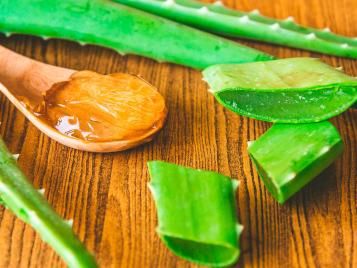
Positioning and timing
First off, caring for an Aloe Vera is really easy. Although Aloe Vera grows better outdoors in the warmer months, they have no problem existing potted on a window sill. Aloe Vera thrives bet in indirect sunlight, as although they soak up the sun willingly, too much can cause browning. Also, on the other end of the spectrum, frost can cause damage to Aloe Vera so make sure to protect your plant during the winter months.
How often do you water aloe vera?
Aloe Vera is more in danger of being overwatered than under-watered. Ensure you keep a well-drained soil. Sandy soil is best, especially with larger pots (smaller pots drain well on their own). In the winter the moisture will not dry up overly quickly so water sparingly – once every week if not a fortnight. Whereas in the summer you can freely water more heavily, however, make sure to allow the soil to dry between sessions. Also, ensure that your pot has a drainage hole to prevent the roots from rotting. A good way to test the soil is to analyse the condition 2-3 inches deep. Ideally, the soil should be crumbly and light brown as opposed to moist. Allow this soil condition for a few days and then water again.
Monitoring your aloe vera
Indicative signs that your Aloe Vera plant is not in the best condition are best seen in the leaves… If your Aloe Vera plant’s leaves are thin and curling then it is likely that you would benefit from watering your plant more. Secondly, analyse your plant’s leaves for the direction of growth. A healthy Aloe Vera plant should grow upwards. If, however, the leaves appear flat chances are your Aloe Vera plant is not receiving enough light. However, as aforementioned too much light can be observed in browning leaves.
Repotting your aloe vera
Aloe Vera plants often come in flimsy and small pots when you first purchase them. As aloe Vera thrives better in larger pots, move your plant as soon as possible to a concrete drainable pot. Ideally, pick a pot three times the size of the root ball – Aloe loves to spread and grow. Tip: Spread pebble, shell or rock over the soil surface to hold moisture and create the natural environment Aloe is accustomed to.
Propagating your aloe vera
Often, small Aloe plants will sprout separately from the main Aloe Vera plant. To repot this new plant, detach it from its mother ensuring you do not damage the roots. Place it on its own on a dry area and leave it to callous over for a period of a few days. Following this, repot the small Aloe in a sandy soil mixture in its own pot. If the baby Vera has no roots, fill a small pit with potting soil and place the tiny plant cut-side downwards on the soil surface. Spritz instead of heavily watering every few days and you should see roots sprout in no time. Then all that is left is to plant the Aloe in the soil – voila.
However, you choose to use your Aloe Vera plant, taking care of yours will ensure you can reap the benefits year after year. For a bit of inspiration – why not mix Aloe Vera gel with coconut oil to create a hydration body cream – lather over hands and feet for maximum hydration and soothing – perfect. Or mix with honey to create a sweet and hydrating face mask.
